This week’s AI Action Summit in Paris has continued a heated a global conversation on the future of artificial intelligence (AI) regulation. A focal point of this discussion was U.S. Vice President J.D. Vance’s critique of the European Commission’s regulatory stance, which he described as “excessive” and potentially stifling to innovation. This divergence in perspectives underscores the broader debate: How can we balance the rapid advancement of AI with the imperative to protect individuals and societies?
What are the key takeaways from the AI Action Summit in Paris?
The summit gathered leaders from nearly 100 countries to deliberate on AI’s trajectory. French President Emmanuel Macron emphasized France’s commitment to clean energy in AI development, contrasting it with the U.S.‘s more lenient regulatory approach. European Commission President Ursula von der Leyen announced a new AI strategy for Europe, aiming to mobilize €200 billion to develop regulated and human-centric AI. (We’re particularly excited about the steps taken toward human-centricity!) This initiative reflects Europe’s intent to lead in AI while ensuring safety and ethical considerations.
How does the U.S. approach AI regulation?
The U.S. has adopted a more flexible, if not needlessly haphazard stance, emphasizing innovation and deregulation. Vice President Vance articulated the administration’s desire for the U.S. to lead in AI development, warning allies to adopt a light-touch regulatory approach to avoid hindering progress. This approach places the responsibility for AI risks on individuals and the private sector, aiming to foster rapid technological advancement.
Regulation and progress, however, are not a zero-sum game.
Why is the EU advocating for stricter AI regulations?
In contrast, the European Union is implementing stringent regulations to protect citizens from potential AI harms. The EU’s safety-first approach aims to proactively address risks while fostering trust in AI technologies. This strategy reflects a commitment to ensuring that AI development aligns with ethical standards and societal well-being.
What are the potential risks of unregulated AI development?
While deregulation can accelerate innovation, it also poses significant risks. Without adequate safeguards, AI systems may perpetuate biases, infringe on privacy, and even threaten security. The absence of regulation can lead to the deployment of AI technologies that have not been thoroughly vetted for safety and ethical considerations, potentially causing harm to individuals and society.
OECD keeps a running list of AI incidents and is an excellent resource for those interested in diving deeper into the wide variety of AI incidents to date.
How can we achieve a balanced approach to AI regulation?
At Market-Proven AI, we believe that regulations and innovation can and should coexist. It’s crucial to strike a balance where AI solution providers, developers, and businesses can innovate and thrive safely while ensuring that work remains human-centric. This involves implementing thoughtful guardrails that protect individuals without stifling progress. By focusing on people first, we can navigate the complexities of AI while fostering innovation in a safe, responsible manner.
Why is a human-first perspective essential in AI implementation?
Humans are at the core of every technological advancement. However, as we’ve seen with technological advancement in the past 15 years, the impact to humans is often an afterthought, as regulations have lagged severely behind the breakneck speed of progress.
A human-first perspective ensures that AI development prioritizes ethical considerations, societal well-being, and individual rights. This approach fosters trust and acceptance of AI technologies, facilitating their integration into various sectors, in organizations small and large.
What steps can organizations take to implement AI responsibly?
Organizations can:
- Conduct thorough risk assessments: Evaluate the potential impacts of AI systems on the humans you expect to be impacted by the AI you are developing or deploying.
- Establish ethical guidelines: Develop frameworks to guide AI development and deployment.
- Engage stakeholders: Involve a wide variety of perspective in the AI development process to ensure the resulting AI capability is not lopsided
- Monitor and evaluate: Continuously assess AI systems to identify and mitigate unforeseen risks.
By adopting these practices, organizations can harness AI’s benefits while minimizing the risks for potential harms.
Conclusion
The discourse at the Paris AI Action Summit highlights the global divide in approaches to AI regulation. While the U.S. emphasizes rapid innovation with minimal constraints, the EU advocates for stringent regulations to ensure safety and ethics.
At Market-Proven AI, we advocate for a balanced approach that prioritizes human well-being without hindering technological progress. By focusing on a human-first perspective, we can develop AI systems that are both innovative and responsible.
Ready to get started on your AI transformation?
If you’re ready to implement AI with a human-first perspective, starting with your people, contact us or schedule a call today. Let’s navigate the future of AI together.
For further reading:
- Europe looks to embrace AI at Paris summit’s 2nd day while global consensus unclear
- Vance Warns U.S. Allies to Keep AI Regulation Light
- (French) La UE anuncia que movilizará 200.000 millones para inteligencia artificial en pleno choque con EE UU por su regulación
Note: This blog post is based on information available as of February 11, 2025.

